VANCOMYCIN Mechanism of Action Vancomycin is an antibiotic drug which is structurally classified as a glycopeptide. It mainly acts by prevention of cell-wall biosynthesis of bacteria. It is specially effective against gram-positive bacteria and has been known to be effective against resistant strains of MRSA. Vancomycin is known as the drug of last resort as it generally used when all other treatments have failed. However, bacteria have started developing resistance to vancomycin as well- leading to use of other antibiotics. Vancomycin acts by inhibiting cell wall synthesis of bacteria. Peptidoglycan layer of the cell wall is rigid due to its highly cross-linked structure. During the synthesis of the peptidoglycan layer of bacteria, new building blocks of peptidoglycan get inserted (i.e. monomers of N-acetylmuramic acid and N-acetylglucosamine) into the membrane.Vancomycin inhibit the synthesis of bacterial cell wall phospholipids as well as peptidoglycan polymerization in a time dependent fashion by binding to the D-ala-D-ala side chain of the precursor pentapeptide.This prevent the transglycosylation step in peptidoglycan polymerization . By doing so, vancomycin makes the peptidoglycan layer less rigid and more permeable. This causes cellular contents of the bacteria to leak out and eventually death of the bacteria. Mutations in the transpeptidase enzyme can lead to increased resistance to vancomycin.
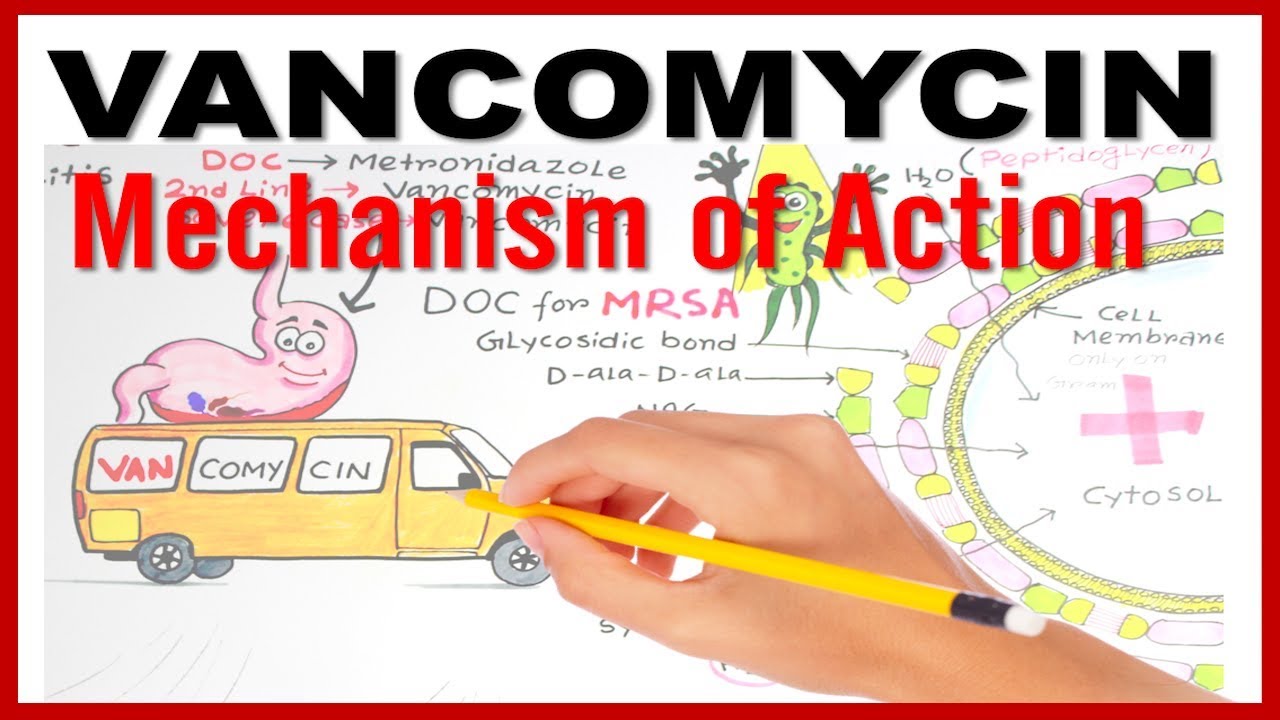
VANCOMYCIN Mechanism of Action
- Post author:
- Post published:May 22, 2021
- Post comments:0 Comments
You Might Also Like

How to Do One-Arm Dumbbell Row — Form, Muscles Worked, Benefits

Most Important Supplement Category (OVERLOOKED!)

HOW TO SUMO DEADLIFT ft. Larry

Overhead Press Dumbbells-2

BEST MEAL PREP FOR FITNESS | CHEAP & EASY HIGH PROTEIN MEALS

Sports Psychiatry Video – 3

Definition Fitness

Intermittent Fasting & Fasting Video – 24

7 Best Muscle Building Minerals

Diving Video – 1

Concentration Curl | Biceps Exercise #3 | Fitness With Sangram Chougule

BIOLOGY – Gareth Williams – Diabetes

Filming a Trendy Sports Workout Video | SONY A7III + Tamron 28-75mm f2.8

Medical Grade Supplements | Dr. Shel Wellness & Aesthetic Center

Spa Treatments Video – 3

Comprar Orlidiet Orlistat en Colombia, Bogotá y Medellin Wasap 3015303747

Dr. Oz: Fat and Body Types

Stretching Video – 2

12 Health Benefits of Watermelon

Static Lying Triceps Extension Exercise

How Long Does it Take to Regulate Hormones & Lose Weight?

What is a healthy BMI – Body Mass Index

Pregnant? Help Protect Your Baby from Whooping Cough

How to Council Your Acne Patients on Isotretinoin – Julie Harper DERM2017

Intermittent Fasting & Fasting Video – 28

The Best Strength Exercises for Running : Dynamic Exercises

Barbell PREACHER CURL with Fred BIGGIE Smalls! (Pro Series)
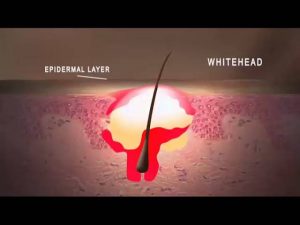
Pimple and cyst explosion medical What is acne

Human Heart Anatomy I 3D Animation by Magic Spangle Studios
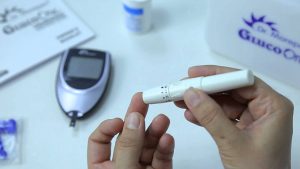
Dr.Morepen Glucose Monitor Bg-03 Demonstration
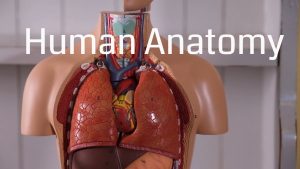
Basic Human Anatomy for Beginners

Overdose & Side Effects | Vitamins

What is Thyroid ? – Dr. Amit Chhabra – Tell Me Doctor
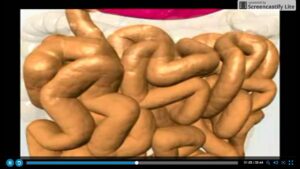
Digestion of proteins fats and carbohydrates

3 Lat Pulldown Variations

Catabolism
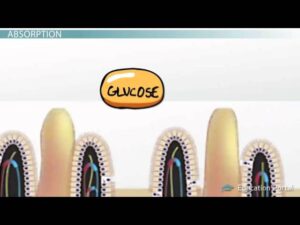
Carbohydrate Digestion and Absorption Process
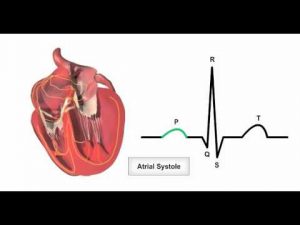
Anatomy & Physiology Online – Cardiac conduction system and its relationship with ECG

Branches of Physiotherapy Video – 31

CrossFit – Josh Bridges Training.
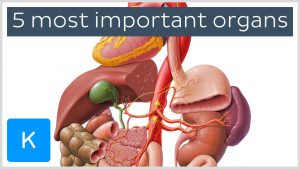
5 most important organs in the Human body – Human Anatomy | Kenhub

